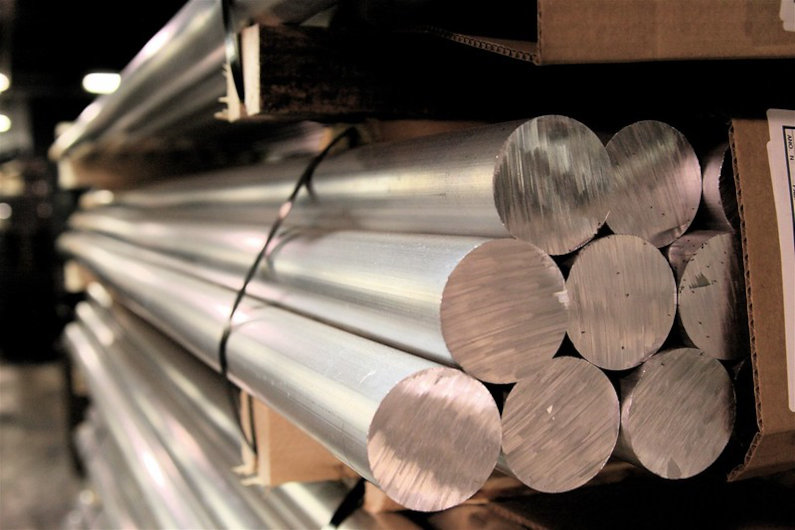Casting metal prototypes and parts requires a lot of specialized skills. The parts or prototypes must be strong, precision-measured, and meet all the functional needs demanded by the application. Aluminum heat treating improves the strength and structural stability of alloy casts, making it a perfect methodology for improving metal parts and products.

How It Works
When an aluminum foundry fabricates a new part or product, the goal is always to meet and exceed a client’s expectations. Aluminum heat treating also referred to as tempering, offers foundries a means of improving strength and stability so that the parts or components can withstand challenging structural requirements.
The hardness of aluminum alloy casts can be rated on the aluminum temper designation scale, which ranges from T1 to T10. The product’s T-number refers to the tempered strength of the cast following heat treatment. As the T-number goes up, so does the length of time required to temper the metal. A good foundry will be able to produce casts that adhere to the T-7 tamper code.
The Tempering Process
The tempering process for T-6 aluminum alloys involves repeatedly stretching, compressing, and hardening the metal. It follows two steps, which can be repeated multiple times to achieve the desired T-number. These two steps are referred to within the industry as quenching and aging.
What Is Quenching?
Quenching involves rapidly heating a metal alloy cast to a high temperature and sustaining that heat for a number of hours before submerging the part in water. When the part is submerged, it rapidly cools the cast, helping to harden it.
Quenching doesn’t just cool the aluminum cast down. It also dissolves the alloying elements into a solid solution, making the cast harder and more structurally sound.
What Is Aging?
Along with quenching, the aging process helps to increase the physical strength of aluminum alloys. It can also impart different properties, such as high coercivity.
The aging process begins when a metalworker places the alloy in an oven at low heat. The aluminum alloy cast will remain in the oven for up to ten hours before being air-cooled. As the cast cools, it causes copper aluminum crystalline structures to form.
The size of the copper aluminum crystalline structures formed during aging varies depending on the temperature of the oven and the duration of the process. Larger crystalline structures impart more strength to the finished product, but the aging process may take longer and require more resources to achieve that goal.
Heat Treatment for Different Temper Code Levels
The aluminum heat-treating process varies slightly depending on what temper designation the client needs. Here’s what to expect from each process:
- T-4 aluminum alloys are heat treated and aged naturally until they are stable
- T-5 aluminum alloys are heated, then rapidly cooled from an elevated temperature before being artificially aged
- T-6 aluminum alloys are also heat-treated and artificially aged but may require a longer aging process
- T-7 aluminum alloys are heat treated and must be overaged to stabilize them
Work With the Best
Planning to order tempered aluminum parts for an upcoming project? Clients should work with an aluminum casting service that can temper alloys in-house to reduce turnaround times and ensure that every prototype or part exceeds their expectations. Not all casting and machining shops have foundries, so ask before placing an order and choose one that can perform everything from heat treating to tensile and Brinell hardness testing in-house to achieve the best results.



